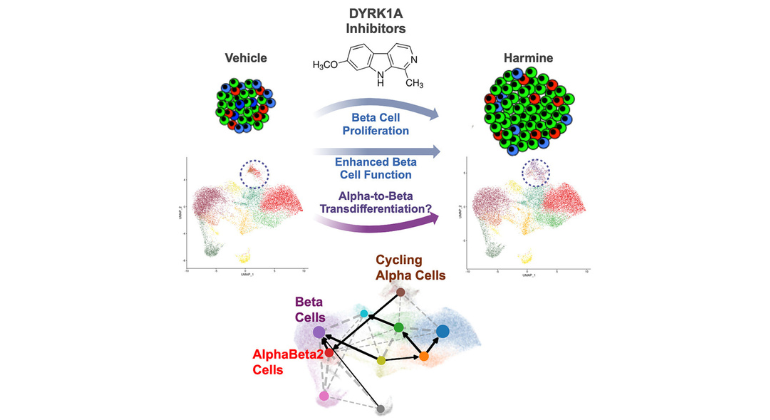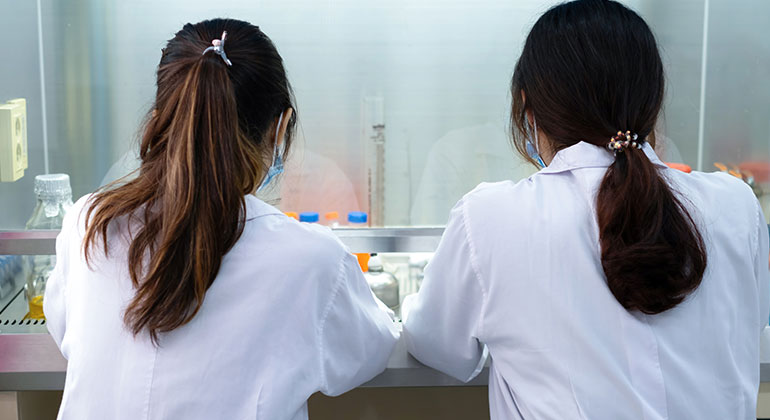"Hope for Diabetes: Boosting Human Beta Cells With Drug Combo " Marlene Busko
Adding a glucagon-like peptide-1 (GLP-1) receptor agonist — a drug class that is commonly used to treat type 2 diabetes — to a dual-specificity tyrosine-regulated kinase 1A (DYRK1A) inhibitor induced a 5% to 6% increase in human beta cell replication in the laboratory. This is much higher percentage than has been seen in previous studies using a DYRK1A inhibitor alone, and "may be in a range that could allow for restoration of normal beta cell mass in people with type 2 diabetes and type 1 diabetes," say the investigators of this early-stage research. Scientists have gone from saying "it's impossible to make beta cells proliferate," to, in 2015, "it's possible, but not at a fast enough rate," to now, "it's possible at rates that are fast enough," senior author of the study, Andrew F. Stewart, MD, director of the Mount Sinai Diabetes, Obesity and Metabolism Institute at the Icahn School of Medicine at Mount Sinai.
— Andrew Stewart, MD, Professor, Medicine, Endocrinology, Diabetes and Bone Disease, Director, Diabetes, Obesity and Metabolism Institute, Icahn School of Medicine at Mount Sinai
Additional coverage: FierceBiotech

Mount Sinai Researchers Move Closer to a Cure for Diabetes
Dec 10, 2024 View All Press Releases
SARS-CoV-2 Infection Likely Not Associated With Increased Risk of New-Onset Diabetes
Feb 22, 2022 View All Press ReleasesMount Sinai Discovers New Drug Combo to Induce High Rates of Human Beta Cell Regeneration
Feb 12, 2020 View All Press Releases

